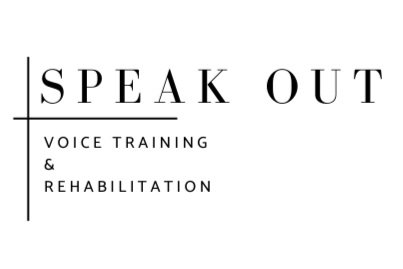First, there was breath…
….and it was expressive.
There’s some truth to the saying: “Two voice teachers, three opinions on breathing.” Endless volumes have been published and spoken regarding the muscles involved in inspiration and expiration, on whether men breathe differently than women, on what kinds of exercises are optimal for increasing breath capacity and control. At some point, I’ll post my opinions on some of these topics, but this post focuses on something quite different……
Most of the attention to breathing involves the technical aspects of breath management; equally important, however, is that the character of the inhalation match that of the music. Inhalation can be slow or fast, silent or not. It can fill the entire duration of a rest or occur right before the onset. It is an integral part of expressivity, yet is too rarely addressed.
Take the final bars of Richard Strauss’ Die Nacht: “sie stehle dich…. mir….auch.” Diana Damrau demonstrates a gooseflesh inducing end to this song, not only through her gorgeous tone quality and hushed dynamics, but through the timing of her inaudible inhalation before the words mir and auch.
Damrau “Die Nacht”
(For comparison’s sake, many other versions can be found on YouTube.)
Inhaling at the start of a pregnant pause can ruin the effect of the pause; in order to maintain the suspense (created by the lack of resolution of the chord before the rest), the singer must either wait to inhale or inhale inaudibly. Then, right before the next entrance, the inhale will signal to the pianist, conductor, or other musicians both the timing and character of the next phrase.
Luciano Pavarotti demonstrates this in Rossini’s La Promessa (start around 1:40.) As Levine plays and releases the E♭ Dom7 chord, Pavarotti sustains an F4, portamentos down to the third of this chord (G3), releases it to utter silence and then, with barely a nod of his head to Levine, enters on the resolution Aflat3. Any audible inhalation during the silence would have ruined the effect.
Pavarotti and Levine: la Promessa
Regardless of the specifics of the music in question, the important thing is for the singer to practice the breaths along with the music and text. The very first breath of a piece signals what to expect in terms of emotion, tempo, and orientation. Are you signaling excitement? anger? resignation?
And at each transition, the singer must be aware of both how the previous phrase is ending: on a crescendo? with a question? on a harmonically unresolved chord? and how the next phrase is beginning: at the same dynamic level or suddenly different? with an answer to the question? with a resolution….. or not?
The answer to each of these questions will influence the speed, timing, and quality of the inhalation.
